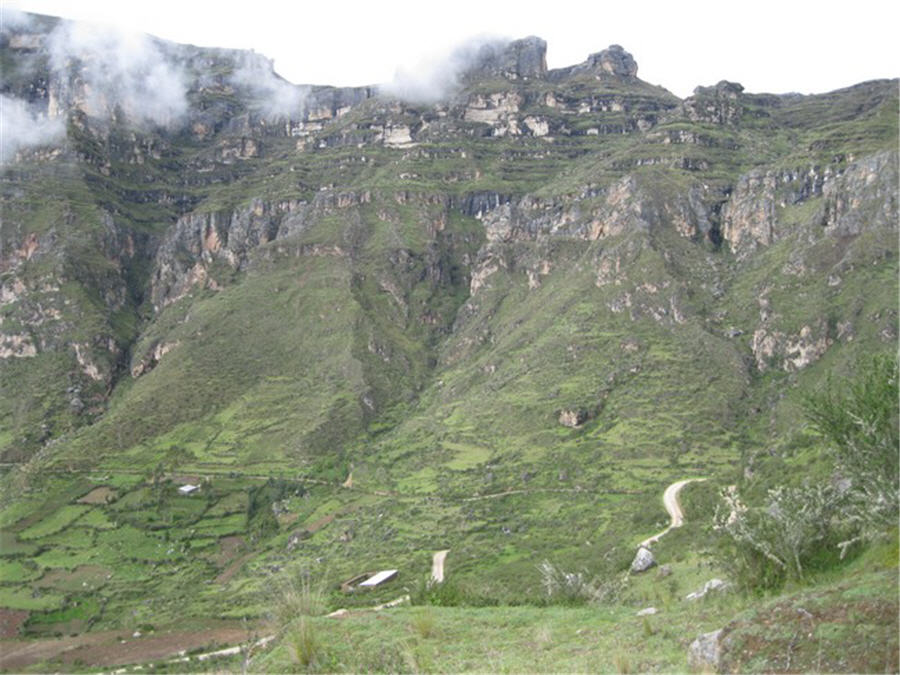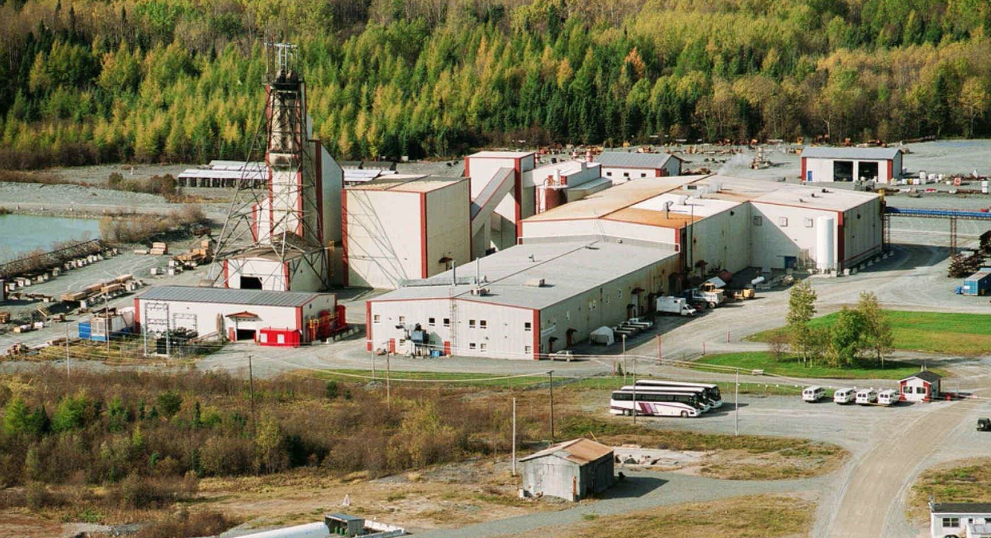The carbonate replacement deposit at Ayawilca contains two different types of mineralization; tin-copper mineralization (the tin zone), and zinc-indium-silver-lead mineralization (the zinc zone). The resources of each zone do not overlap.
The Ayawilca deposit represents one of the largest zinc resources held in a non-producing resources company, while the tin deposit is believed to be the largest undeveloped tin resource outside of a producing camp in Peru
The zinc zone now contains indicated resources of 11.7 million tonnes grading 6.9% zinc, 0.16% lead, 15 grams silver per tonne and 84 grams indium per tonne. That adds up to 1.8 billion pounds of contained zinc, 42 million pounds of lead, 5.8 million ounces of silver and 983 tonnes of indium.
The zinc zone’s inferred resources contribute another 45 million tonnes grading 5.6% zinc, 0.23% lead, 17 grams silver and 67 grams indium for 5.6 billion pounds of contained zinc, 230 million pounds of lead, 25.2 million ounces of silver and 3,003 tonnes of indium.
Ayawilca’s tin zone contains inferred resources of 14.5 million tonnes grading 0.63% tin, 0.21% copper and 18 grams silver for 201 million pounds of contained tin, 67 million pounds of copper and 8 million ounces of silver.
The drill database includes 71,200 metres in 185 drill holes.
The Ayawilca deposit “represents one of the largest zinc resources held in a non-producing resources company,” while the tin deposit “is believed to be the largest undeveloped tin resource outside of a producing camp in Peru,” the company’s president and CEO, Graham Carman stated in a press release.
The company expects to complete a PEA in the first half of 2019.
At the end of September Tinka had $13 million in cash and no debt and said its work programs “are fully funded into the foreseeable future.” This includes additional step-out and deeper exploration drilling planned in 2019.
The project is part of a large zinc sulphide system in central Peru’s zinc-silver belt, and is situated about 40 km northwest of the mining city of Cerro de Pasco.
Cerro de Pasco has a population of about 70,000 people and is situated 4,300 metres above sea level in the Andes. The city is adjacent to a giant open-pit mine called Raul Rojas, which is owned by Volcan Compania Minera. Glencore (LON: GLEN) owns roughly 23% of Volcan.
The junior exploration and development company has 265 million common shares outstanding for a market cap of $92.6 million.
This story first appeared in The Northern Miner


Comments